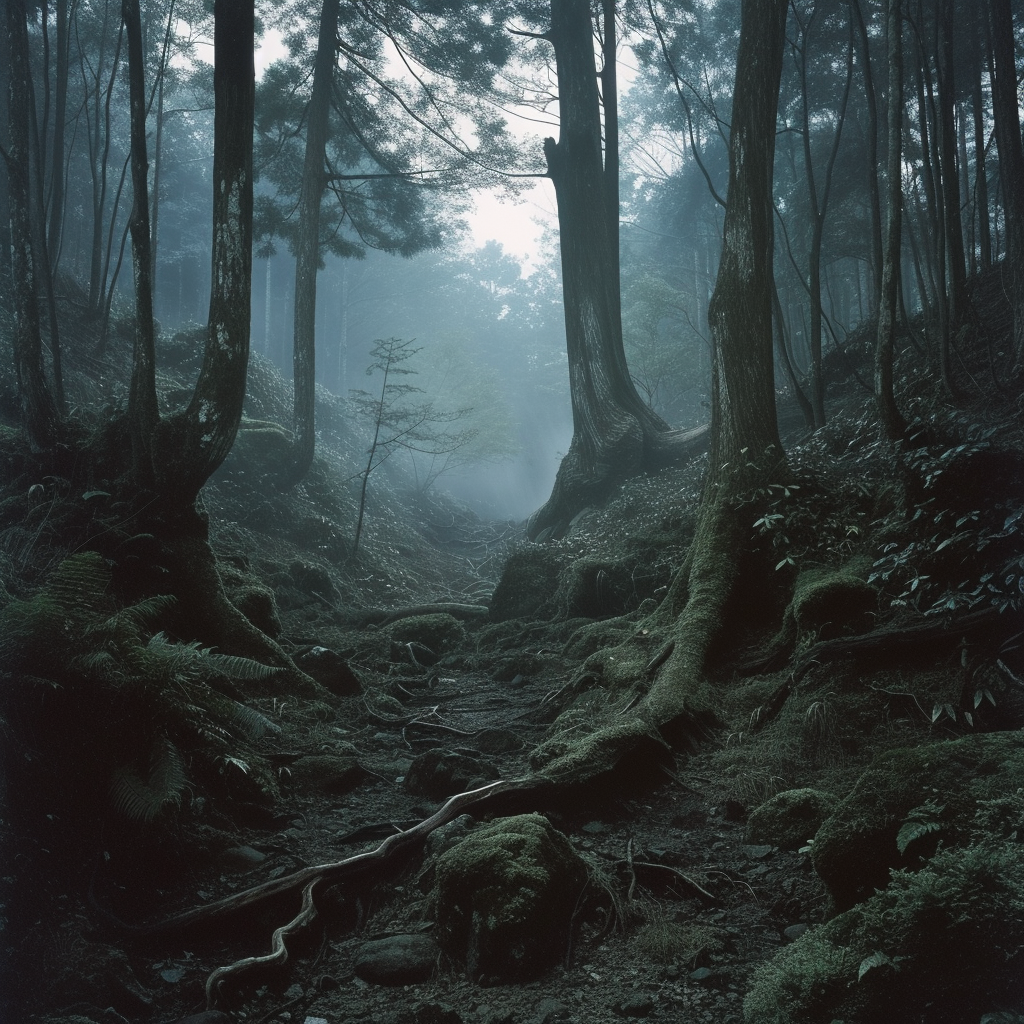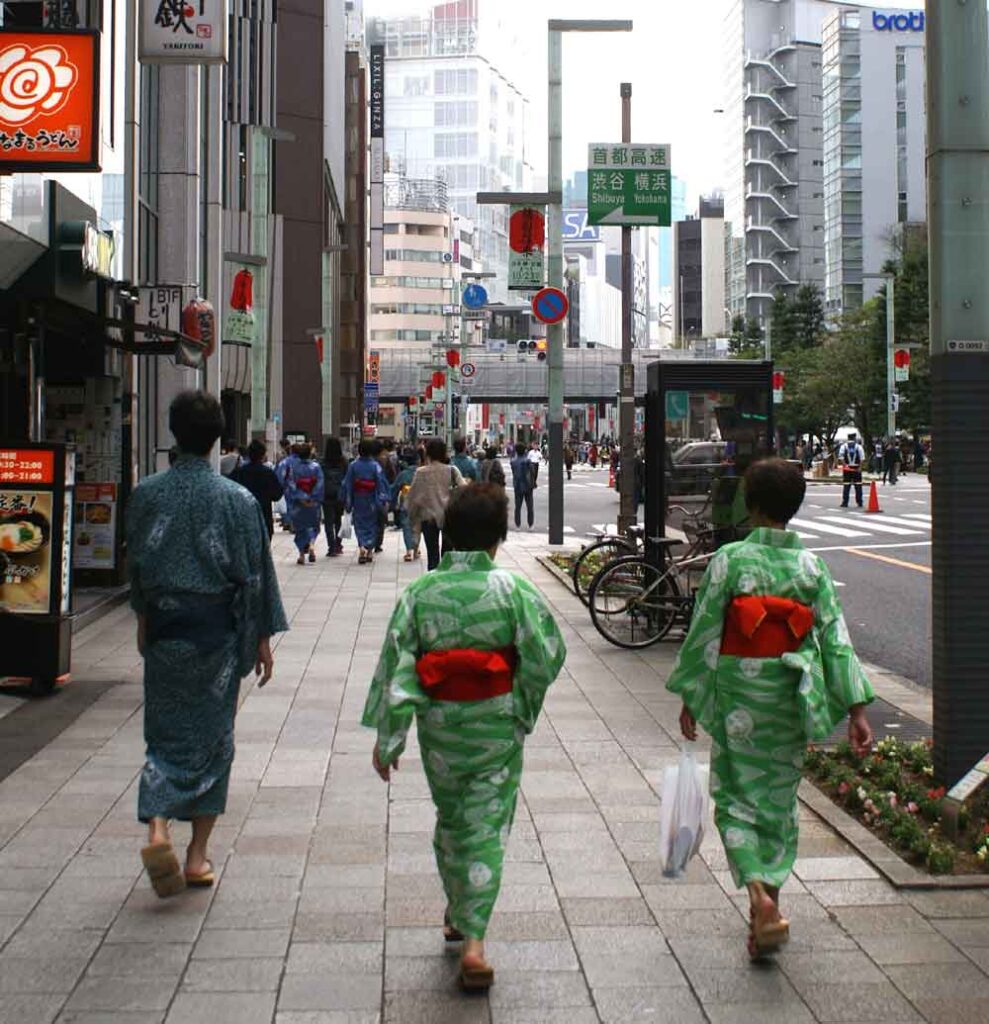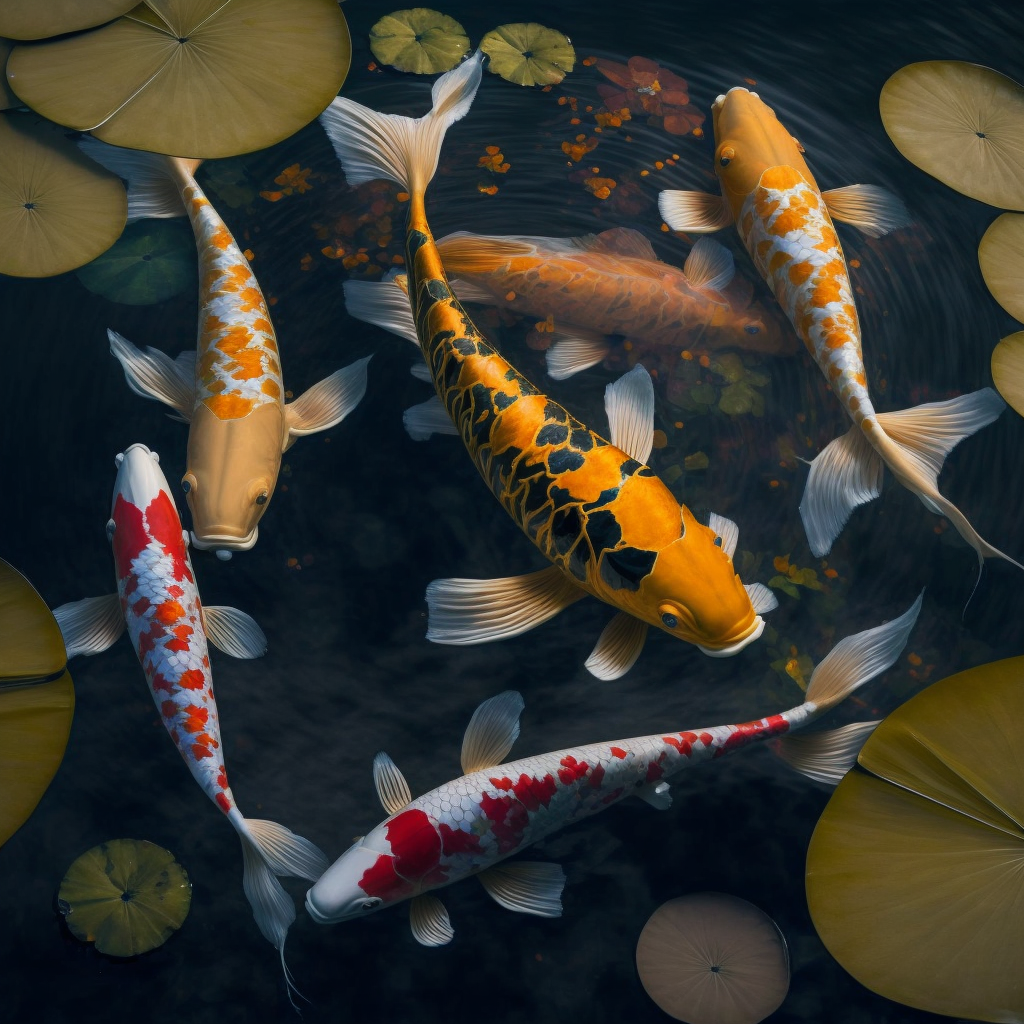Nestled at the foot of Mount Fuji in Japan, Aokigahara Jukai, also known by the sinister name “Suicide Forest” or “Cursed Forest”, arouses both fascination and apprehension. Indeed, this dense and mysterious forest has acquired a dark reputation due to the high number of suicides that have taken place there. This article looks at the history, myths and realities surrounding the Aokigahara Jukai. In this regard, it explores the cultural, environmental and psychological aspects of this extraordinary place.
History and Context:
The Aokigahara Jukai dates back centuries, associated with local legends and traditional rites. However, his dark nickname has emerged more recently. And so, it is attracting the attention of the world due to the increasing number of people choosing to end their lives there. The history of this forest is complex, blending cultural and social elements with its unique geographic features.
Myths and Beliefs about the Aokigahara Jukai Forest:
Myths and beliefs permeate the forest, fueled by ancient stories and contemporary superstitions. In short, some locals consider the Aokigahara Jukai to be a haunted place, populated by yūrei (vengeful spirits). These legends helped reinforce the dark perception of the forest. Thus, these legends have attracted curious visitors, sometimes in search of a supernatural experience.
Causes of Suicides:
Although the Aokigahara Jukai is infamous for the suicides that occur there, the reasons behind these acts are complex. Factors such as depression, unemployment, and social pressures have been identified as contributors. Local organizations have put up warning signs to raise awareness of the problem and offer help.
Preservation and Ecology of the Aokigahara Jukai Forest:
Despite its reputation, Aokigahara Jukai is a forest of remarkable natural beauty. Efforts are being made to preserve this unique ecosystem and raise awareness of the need to protect flora and fauna. We undertake reforestation campaigns and regular patrols to monitor visitors.
Cultural Perception:
The Aokigahara Jukai embodies Japan’s cultural duality, oscillating between respect for nature and the stigma associated with its tragic past. The forest inspires artistic works, novels and films, helping to shape its place in the Japanese and international collective imagination.
Conclusion:
Aokigahara Jukai remains an enigmatic place, where tragic reality coexists with natural beauty and cultural mysteries. By understanding its history, myths, and challenges, we can approach this forest with a nuanced perspective, examining preservation efforts while recognizing the psychological complexities that make it both fascinating and disturbing.



